2025 Indoor LED Display Modules Market Growth Drivers and Segment Opportunities
A Market Poised for Transformation
Indoor LED display modules have moved far beyond their initial role as high-end signage. By 2025, the industry is witnessing accelerated growth fueled by technological advancement, sector diversification, and increasing demand for immersive visual communication. Once dominated by retail and entertainment, this market now thrives across education, corporate, hospitality, and exhibition environments. Each segment seeks distinct solutions, yet they all share the need for high-resolution, adaptable, and energy-efficient LED displays.
Section 1: Macro Growth Drivers in 2025
Several macroeconomic and technological forces are driving the surge in demand for indoor LED display modules.
1. Digital Transformation Across Industries
Educational institutions, businesses, and hospitality operators now view digital displays as critical infrastructure. This shift is accelerated by remote-hybrid communication needs and the demand for dynamic, real-time content delivery.
2. Advances in LED Module Technology
Smaller pixel pitches, higher refresh rates, and improved color accuracy allow displays to meet the most demanding viewing standards. Energy efficiency improvements also align with sustainability goals, making LED modules a long-term investment.
3. Expanding Application Diversity
From corporate lobbies to hotel ballrooms, indoor LED displays are no longer niche. Each setting uses them for storytelling, brand presentation, and audience engagement, creating parallel demand streams.
4. Declining Production Costs
Streamlined manufacturing processes and modular designs reduce the total cost of ownership, enabling mid-sized institutions to invest in premium LED display solutions.
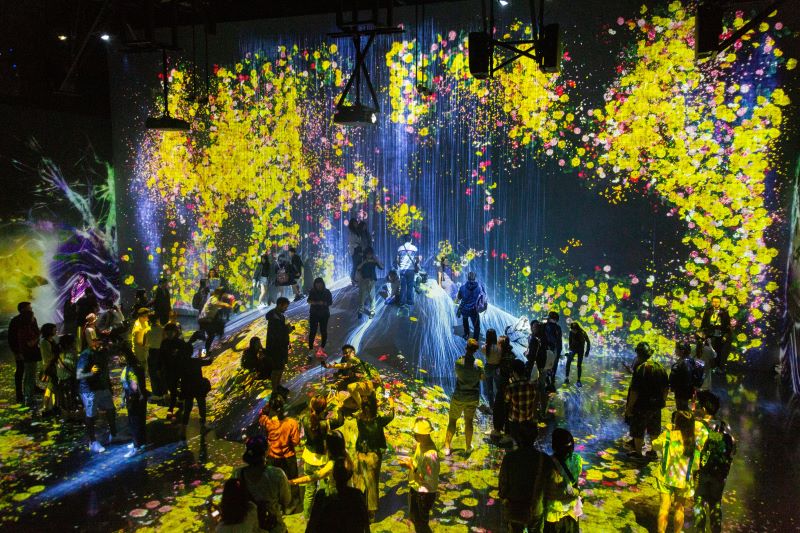
Section 2: Education — Enhancing Engagement Through Visual Learning
In education, the shift from traditional projectors to LED display modules represents a leap in teaching capability. Universities and schools integrate large-format LED screens in lecture halls to present high-definition multimedia content without the limitations of brightness or resolution.
Beyond classrooms, campus-wide digital signage networks improve communication, displaying announcements, schedules, and emergency alerts in real time. The adaptability of indoor LED display modules allows institutions to combine large lecture hall screens with smaller, strategically placed hallway displays.
Madder’s solutions offer low-maintenance, high-brightness modules designed for extended daily use, ensuring educational environments benefit from both visual impact and operational reliability.
Section 3: Corporate — Elevating Brand Presence and Communication
Corporate environments increasingly adopt LED display walls as a central communication and branding tool. In headquarters and meeting spaces, indoor LED modules deliver sharp visuals for presentations, remote conferencing, and live data visualization.
Reception areas often feature expansive video walls showcasing brand history, product highlights, or investor information. Boardrooms benefit from seamless, glare-free displays that outperform traditional projection systems.
For corporate events, portable modular LED panels enable flexible staging, accommodating everything from shareholder meetings to product launches. Madder’s corporate-focused designs prioritize easy integration with AV systems and control platforms, reducing setup complexity.
Section 4: Hospitality — Creating Immersive Guest Experiences
Hotels, resorts, and conference centers use indoor LED display modules to craft immersive environments that resonate with guests. In lobbies, high-resolution video walls present scenic imagery, promotional offers, or interactive art installations.
Ballrooms and event spaces rely on LED displays for weddings, business conferences, and entertainment events. Unlike fixed projection setups, LED modules offer flexible configuration options that adapt to each event’s theme and technical requirements.
Madder provides hospitality-grade LED modules with high contrast ratios, ensuring vivid visuals in both brightly lit and dim environments. Durability and quick-service design ensure minimal downtime during back-to-back events.
Section 5: Exhibitions — The Competitive Edge in Visual Storytelling
In exhibition halls, the ability to capture attention within seconds determines exhibitor success. Indoor LED display modules allow brands to stand out with dynamic video content, interactive presentations, and real-time social media feeds.
The modular nature of these displays makes them ideal for temporary installations, accommodating diverse booth sizes and shapes. Exhibitors can combine vertical and horizontal panels for unique visual arrangements, enhancing visitor engagement.
The exhibition solutions feature lightweight yet sturdy modules, facilitating fast installation and dismantling. High refresh rates guarantee smooth video playback, critical for maintaining audience focus during high-traffic events.

Section 6: Technical Innovations Shaping the Market
Several key innovations are accelerating adoption:
-
Micro-LED and Mini-LED Integration: Increasing pixel density without compromising brightness.
-
Advanced Color Calibration: Maintaining uniformity across large-scale installations.
-
Remote Monitoring Systems: Allowing operators to manage content and diagnose issues from anywhere.
-
Eco-Efficient Power Systems: Reducing operational costs while meeting sustainability benchmarks.
Section 7: Market Opportunities and Strategic Outlook
The growing demand across education, corporate, hospitality, and exhibition segments creates a multi-channel opportunity. Suppliers who can deliver both technical excellence and tailored solutions stand to dominate the market.
By focusing on sector-specific customization—such as dust-proof casings for exhibition halls or ultra-thin modules for hospitality interiors—manufacturers can secure competitive advantages. Madder’s bulk supply capability, combined with dedicated support teams, ensures clients receive not only hardware but also a complete visual solution package.
Conclusion: A Market Defined by Versatility and Quality
The 2025 indoor LED display module market is driven by a blend of technological innovation and expanding application scenarios. Education demands engagement, corporate settings seek professionalism, hospitality thrives on atmosphere, and exhibitions require impact.
Madder’s comprehensive approach—merging customization, reliability, and service—meets these needs head-on. As industries embrace digital transformation, indoor LED display modules will remain central to visual communication strategies, delivering clarity, engagement, and adaptability for years to come.
CTA: [Contact Madder for Customized Indoor LED Display Module Solutions]

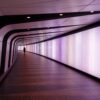
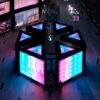
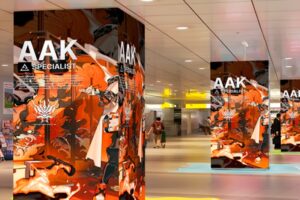
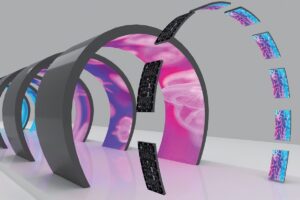
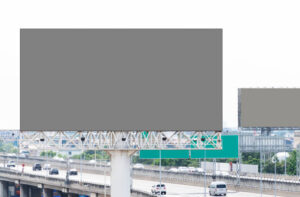


Leave a reply